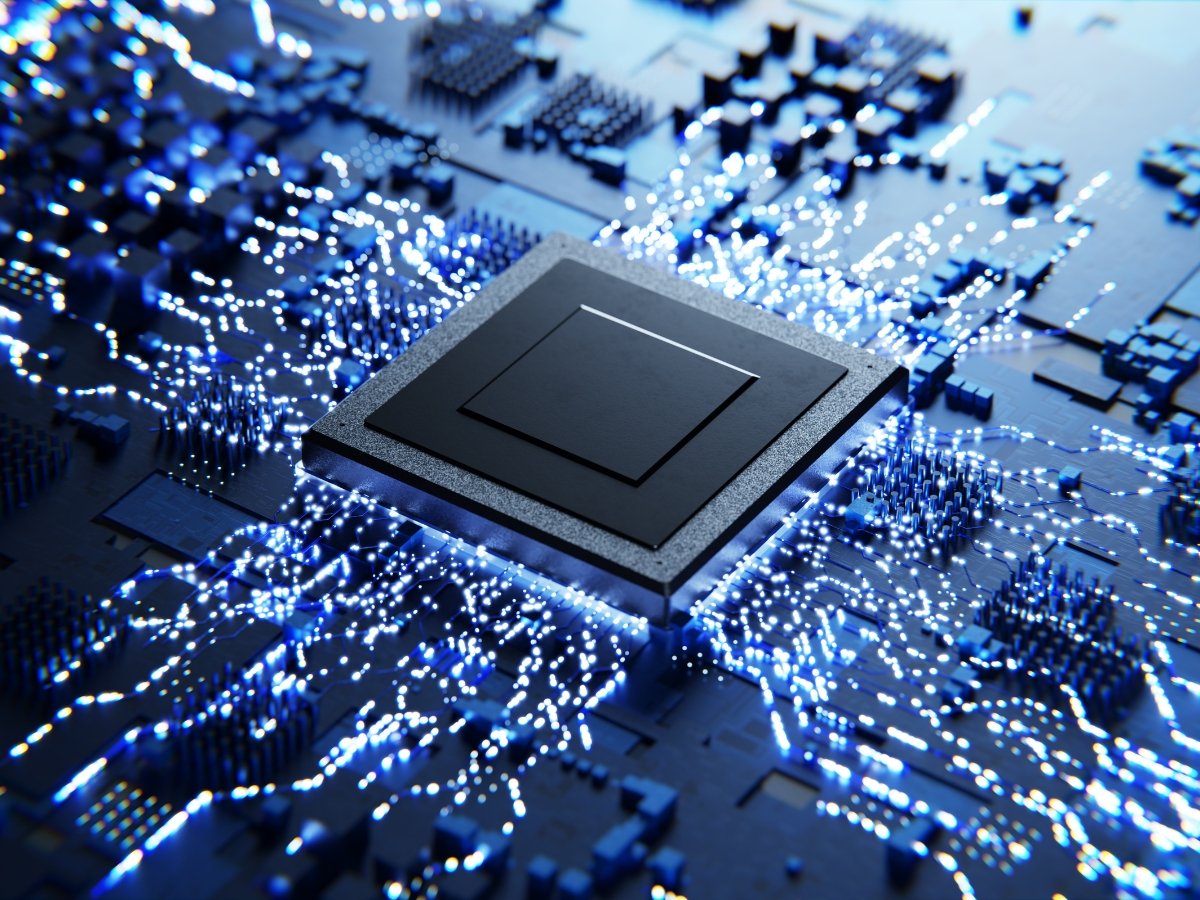The demand for skilled Physical Design engineers is soaring as the global semiconductor industry accelerates into smaller nodes, faster processors, and energy-efficient chips. With India becoming a hub for chip design and fabrication, physical design has emerged as one of the most rewarding and stable career paths in VLSI.
If you’re an aspiring VLSI engineer or transitioning from embedded, electronics, or PCB design, this blog will help you understand how to master physical design, what skills and tools you need, and how MOSart Labs can prepare you for top-tier job roles.
What is Physical Design in VLSI?
Physical design is the back-end stage of the VLSI design flow. It involves translating a synthesized netlist (logical representation) into a physical layout that can be fabricated on silicon.
Engineers working in this domain are responsible for ensuring the chip meets area, power, and timing constraints while complying with manufacturing design rules.
Step-by-Step Path to Master Physical Design
Step 1: Build a Strong Foundation in Digital Electronics
Before diving into tools and flows, it’s essential to master the basics of:
- Combinational and sequential circuits
- Flip-flops, multiplexers, adders, and latches
- Timing concepts: setup, hold, skew, and delay
- Clock domains and synchronization
- A good understanding of timing and logic behavior is crucial for success in PD.
Step 2: Understand the ASIC Design Flow
Physical design is a part of the larger ASIC design flow. Learn how the process transitions from:
- RTL Design (Verilog/SystemVerilog)
- Logic Synthesis
- Physical Design
- STA (Static Timing Analysis)
- Physical Verification
- Tape-out
- Understanding this flow will help you see how your work fits into the bigger chip design pipeline.
Step 3: Master the Stages of Physical Design
You must gain in-depth knowledge of each step of the PD flow:
Floorplanning
- Define block sizes and positions
- Allocate memory and macro placement
- Minimize routing congestion early
Placement
- Position standard cells while optimizing area and power
- Consider logical and physical proximity
- Perform pre-route optimization
Clock Tree Synthesis (CTS)
- Build a balanced clock distribution network
- Minimize skew and insertion delay
- Use clock gating for power savings
Routing
- Connect all placed cells using metal layers
- Optimize for signal integrity and minimal crosstalk
- Perform global and detailed routing
Timing Closure
- Use STA tools to ensure all timing paths meet requirements
- Fix setup and hold violations
- Perform ECOs (Engineering Change Orders) as needed
DRC/LVS (Physical Verification)
- DRC (Design Rule Check) ensures manufacturability
- LVS (Layout vs Schematic) confirms logical consistency
- Final signoff before tape-out
Step 4: Learn Industry Tools and Commands
Proficiency in EDA tools is a must to land a job in physical design. Focus on:
| Tool | Function |
|---|---|
| Cadence Innovus | Complete PD flow (floorplan to signoff) |
| Synopsys IC Compiler II | Industry-standard PD environment |
| PrimeTime | STA and timing closure |
| Calibre (Mentor) | DRC/LVS and physical verification |
| TCL Scripting | Automating PD tasks and flows |
Learning TCL and shell scripting is essential for tool control and automation.
Step 5: Get Hands-on with Real Projects
Theoretical knowledge is not enough. You need real-world PD project experience to:
- Debug congestion and timing issues
- Work with real constraints (SDC files)
- Generate reports for timing, area, and power
- Understand trade-offs between performance, power, and area (PPA)
At MOSart Labs, students work on end-to-end physical design projects that simulate industry-level chip tape-out flows.
Step 6: Prepare for Job Interviews
To crack physical design interviews, focus on:
- Practical tool experience
- Clear understanding of PD flow
- Timing violation case studies
- Floorplan and CTS problem-solving
- Questions on hold/setup time, skew, and IR drop
Build a strong resume with project references and tool proficiency. Learn to explain your projects in detail, highlighting challenges and solutions.
How MOSart Labs Helps You Master Physical Design
At MOSart Labs, we offer India’s most industry-aligned IIT Bhubaneswar-certified VLSI PG Diploma, with a clear path for aspiring Physical Design engineers.
What You’ll Get:
- Training on Cadence & Synopsys tools used by top chip companies
- In-depth curriculum on PD, STA, and signoff flows
- Hands-on projects simulating real chip layouts
- Industry mentorship from senior PD engineers
- 100% Placement Assistance with resume and interview prep
Whether you’re a fresher or an experienced engineer making a career switch, our structured program ensures you become job-ready for top-tier PD roles.
Career Opportunities After Learning Physical Design
| Role | Average Starting Salary (India) | Growth Path |
|---|---|---|
| Physical Design Engineer | ₹8–15 LPA | PD Lead, Signoff Specialist |
| STA Engineer | ₹7–14 LPA | Timing Closure Lead |
| Layout Verification Engineer | ₹6–12 LPA | Physical Verification Expert |
Leading companies hiring physical design experts include Intel, AMD, Qualcomm, Samsung, Google, and TSMC.
Final Thoughts
Physical design is where a digital circuit becomes real. It’s the engineering artistry that transforms logic into silicon, power into performance, and design into product.
By following the step-by-step path—from digital fundamentals to floorplanning and STA—you can build a solid and high-paying career in back-end VLSI.
With hands-on training, tool proficiency, and placement support from MOSart Labs, you can take your first step towards becoming a sought-after Physical Design engineer in India’s booming semiconductor landscape.



